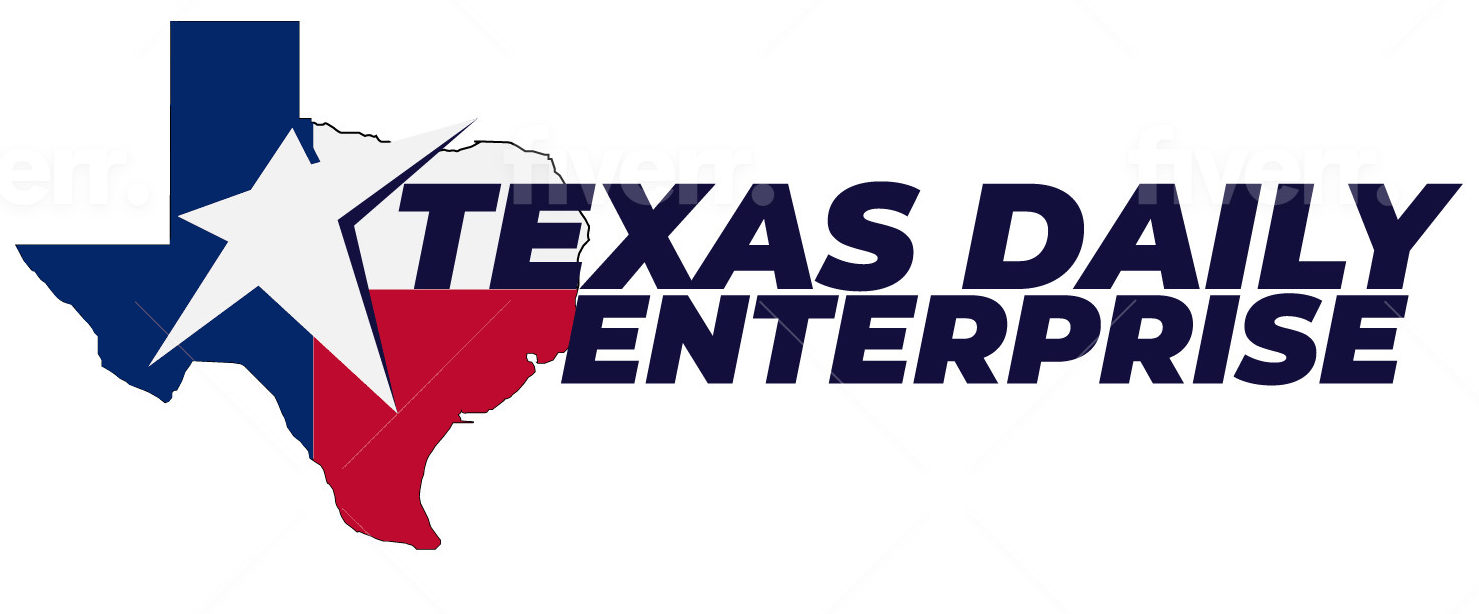New Frontiers for Health Care: Social Media
Social media is having an impact and what exactly the impact is remains mostly unknown. Like the days when the popular call to action was “Go West!” many pioneers have begun blazing trails. What were once long distances and barren lands are now filled in with a network of highways, flight patterns, and many, many communities.
The unfolding of social media, I believe, is having a similar impact, especially in health care. Social media includes many different things including blogs, Facebook, Twitter, LinkedIn, etc. It is, simply stated, media built for social interaction. The call today is “Go Share, Like, & Tweet!”
There have been many pioneers in social media, and some industries have adopted the electronic social interaction modes more aggressively than others. While health care may not be one of the early adopters, there are certainly pockets of adoption, and social media is spreading quickly in health care.
In my experience, the activity and state of health care and social media can be summarized in the matrix below. There are four major categories of participants in health care — Trade Organizations & Publications, Vendors, Physicians & Clinicians, and Health IT CIOs & Professionals. As the placement and arrows in the matrix indicate, each of these groups is in a different stage and moving at a different pace in their social media adoption.
Why are these groups participating in social media?
Outlined below are my observations.
- Trade Organizations & Publications: This group wants to connect with their members and the larger community and provide a reliable news source of industry updates. Social media options translate into different channels where content can be loaded and opportunity for interaction can happen. The primary purpose is reach. Two examples are HIMSS and AMA; each has a different constituency and approach to social relationships.
- Vendors: Their most obvious reason to participate is their customers and prospects, with whom they must position themselves and interact, share, and engage with. Social media provides, again, different channels to let the community know about their products and services.
- Physicians & Clinicians: This segment may be the most interesting. Physicians and clinicians are one of the increasingly more active audiences in health care. They use social media to communicate with patients, discuss health care reform and regulations, and share experiences with new technologies and other best practices. The patient interaction is especially interesting and raises some concerns about how much to share and what to share. To get a sense of what is happening, I would recommend checking out the following three physicians: 33 Charts, Seattle Momma Doc, and KevinMD.com.
- Health IT Professionals: The final segment contains what would have been the most cautious and hesitant settlers of the West — health IT managers, directors, professionals, and CIOs. These are the people who implement applications like Electronic Health Record systems; maintain the IT infrastructure in the hospitals, labs, imaging centers, and clinics. They support the physicians and clinicians by keeping the “lights on” for all supporting systems. A critical role, no doubt. The social media activity here is low; however, one of the very early adopters, and still very active, is Life as a Healthcare CIO. Just as physicians share lessons learned, there is a big opportunity to do the same in the health IT segment.
Land and territory are being claimed along the new media frontier. It will be interesting to watch and participate, and see how social media ultimately changes patient interaction. More resources are coming available to educate and guide us as this phenomenon unfolds.
The wild west of social media in health care is upon us! Tune in and join.
Takeaways
- Trade organizations, vendors, and physicians are using social media to connect and to offer information
- Health IT professionals were early adopters and are cautious but active users
